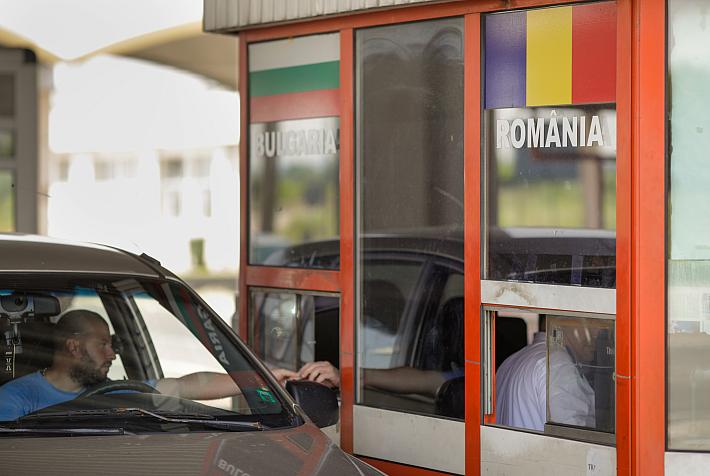World Bank lowers 2013 growth prediction for Romania
 The World Bank has revised down its forecast for GDP growth in Romania in 2013 to 1.6 percent in a report published January 16. Mid-last year, the organization estimated 2.8 percent growth in 2013. In its EU 11 report on Central and Eastern European EU members states, the World Bank shows that the region outperformed the rest of the EU for growth, but that the ongoing economic problems in Europe restricted the area's advances. “The recession in the Euro area continues to dampen the EU11 economic performance,” reads the World Bank report.
The World Bank has revised down its forecast for GDP growth in Romania in 2013 to 1.6 percent in a report published January 16. Mid-last year, the organization estimated 2.8 percent growth in 2013. In its EU 11 report on Central and Eastern European EU members states, the World Bank shows that the region outperformed the rest of the EU for growth, but that the ongoing economic problems in Europe restricted the area's advances. “The recession in the Euro area continues to dampen the EU11 economic performance,” reads the World Bank report.
According to the World Bank, Romania recorded 2.5 percent GDP growth in 2011 and 0.6 percent last year. The prediction is slightly below the Romanian government's target of 1.8 percent GDP growth in 2013, according to business news service Ziarul Financiar, which also suggests that the figure for 2012 rose slightly to 0.7 percent. Some more optimistic predictions suggest GDP could advance by 2 percent this year, while in November 2012, the European Commission forecast 2.2 percent growth in Romania in 2013 and 2.7 percent next year.
According to the World Bank's report, Romania was the only EU 11 country to record a contraction in exports in the first ten months of 2012. Romania was also the region's biggest contribution to food price driven inflation last year, with the severe drought over summer having economic repercussions in the latter part of the year. Although depreciation in exchange rates was seen across the region, the biggest drop was in Romania – 6.3 percent year-on-year, according to the World Bank.
Unemployment levels continue to be a problem for the region, but this is perhaps an area where Romania is doing a little better than the rest. Many regional countries have double-digit unemployment rates, while in Romania the percentage dropped to 6.7 percent towards the end of last year – the lowest level since the economic crisis.
The World Banks foresees recession in the eurozone this year, which is clearly important for Romania and the other regional states. On the up side, foreign direct investment (FDI) in the region is likely to accelerate, the World Bank suggests, and domestic demand could rise.
The World Bank notes with approval, like all the big international financial institutions, the ongoing fiscal consolidation, budget deficit reduction and structural reforms in the region, as well as recommending their continuance. The World Bank also considers that medium term growth in the area will only be possible if governments get rid of obstacles to doing business.
“Simplifying business regulations, strengthening the efficiency of delivery of public services, and protecting minority shareholders against misuse of corporate assets for personal gain are among the areas where some EU11 countries could pursue reforms to build up the private sector and make it easier to attract investment and do business,” reads the report. Also recommended are incentives to labor mobility and “harmonizing” regulations across borders.
Liam Lever, liam@romania-insider.com
photo source: worldbank.org












